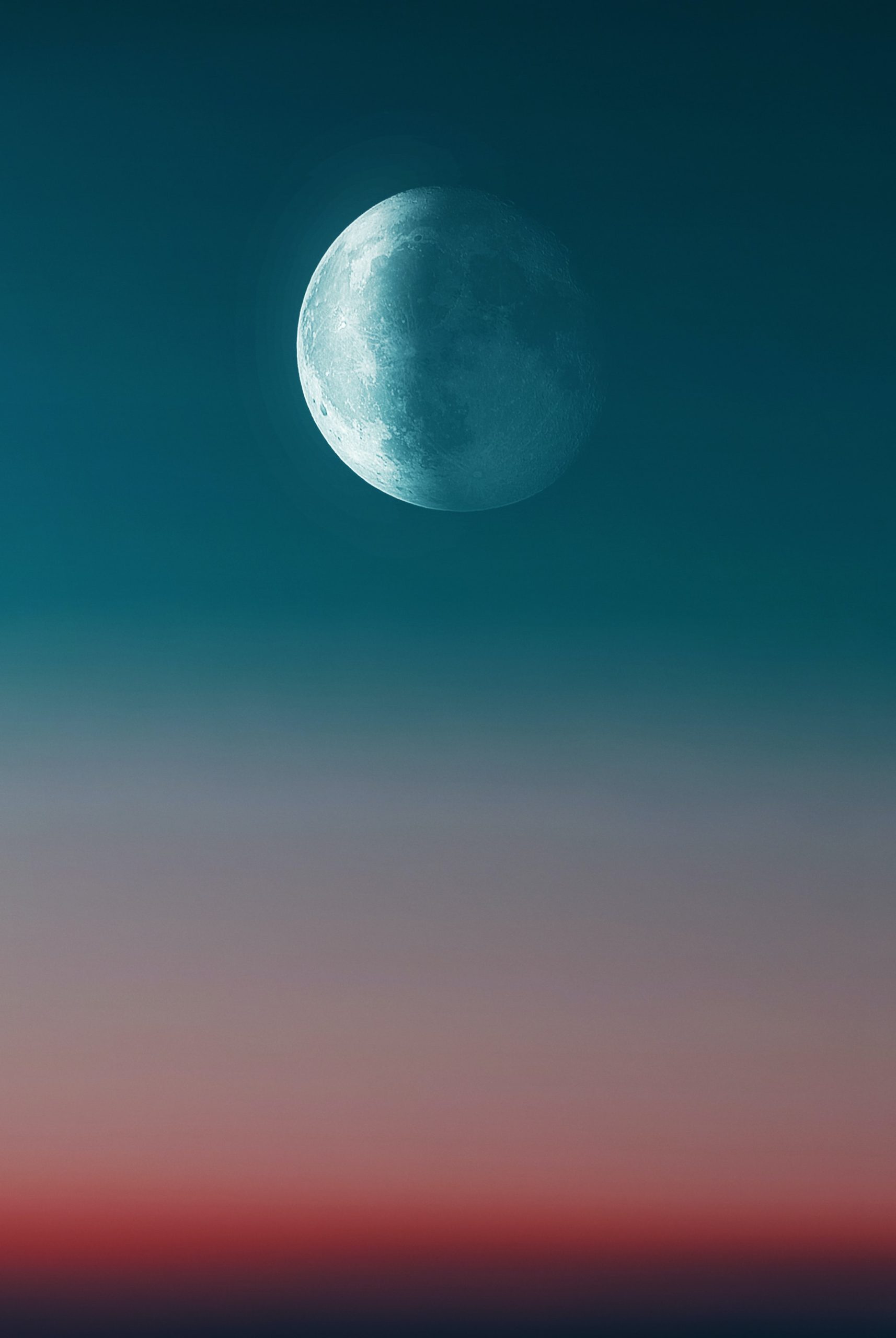Moon Phase Names and Pictures: Exploring the Waxing and Waning of Earth’s Celestial Neighbor

The moon has captivated humanity for centuries with its mysterious beauty and close proximity to Earth. As it orbits our planet, the moon goes through a fascinating cycle of phases, transitioning from dark and invisible to a bright full moon and then back again. These phases have been named and observed by various cultures throughout history, each imbuing the moon’s transformations with unique significance. In this blog post, we will delve into the intriguing world of moon phase names, uncovering their origins and meanings, and presenting beautiful pictures to illustrate the different stages of the moon.
Understanding Moon Phases
Before we explore the various moon phase names, it’s important to have a basic understanding of how these phases occur. The moon’s phases are primarily determined by its position relative to the sun and the Earth. As the moon orbits the Earth, different amounts of sunlight reach its surface, resulting in the visually distinct phases.
The complete lunar cycle, known as a lunar month, lasts approximately 29.5 days. During this time, the moon progresses through eight phases, each lasting around 3.7 days. The phases are broadly categorized into four main stages:
- New Moon
- First Quarter
- Full Moon
- Last Quarter
| Phase | Appearance |
|---|---|
| New Moon |  |
| First Quarter |  |
| Full Moon |  |
| Last Quarter |  |
Let’s now explore the fascinating moon phase names associated with these stages.
Moon Phase Names and Meanings
1. New Moon
The new moon signals the beginning of a fresh lunar cycle. In this phase, the moon is completely shrouded in darkness and appears as a blackened silhouette against the night sky. The absence of moonlight makes it a challenging time for stargazing, but it holds special cultural and spiritual significance for many societies.
2. First Quarter
As the moon moves away from the new moon phase, we begin to witness the appearance of a crescent shape. This stage is known as the first quarter. The illuminated portion of the moon begins to emerge, signaling the moon’s waxing, or increase, in visibility. The first quarter moon usually appears as a half-moon in the sky.
3. Full Moon
The full moon is perhaps the most widely recognized and celebrated phase of the moon. It occurs when the sun, Earth, and moon align in a straight line, with the Earth in the middle. During this stage, the entire face of the moon is illuminated, providing a spectacular view. Full moons have captured the imagination of poets, artists, and storytellers across cultures, often associated with romance, mystery, and myths.
4. Last Quarter
In the last phase of the lunar cycle, known as the last quarter, the moon begins its waning, or decrease, back to darkness. It appears as another half-moon, but this time with the opposite side illuminated as compared to the first quarter. The last quarter moon signals the final stage before the moon transitions back into the new moon phase.
Cultural and Traditional Moon Phase Names
While the four primary moon phases provide a general framework for understanding the moon’s cycle, different cultures have embellished the lunar experience with their own unique moon phase names. Let’s explore some of them:
1. Chinese Names
The Chinese lunar calendar has rich traditions associated with the moon phases. They divide the lunar month into 30 smaller sections called “jies,” with each jie representing a specific phase. Some noteworthy Chinese moon phase names include:
- Chūyín (First Sliver of the Moon): The first appearance of the crescent moon in the sky, marking the new lunar month.
- Shí’èryuè (Moon of the 12th Hour): A full moon that occurs toward the end of the lunar month.
- Mínhuì (Bright Moon): The full moon at its brightest and most radiant.
2. Native American Names
Native American tribes across North America have their own set of moon phase names, often linked to their local environment and cultural practices. These names typically reflect the natural rhythms of the seasons. Some Native American moon phase names include:
- Strawberry Moon: The full moon in June, coinciding with the ripening of strawberries.
- Hunter’s Moon: The first full moon following the Harvest Moon, associated with hunting and gathering.
- Big Winter Moon: The full moon in December, symbolizing the onset of winter.
3. European Medieval Names
In medieval Europe, moon phase names were often connected to agricultural activities, folklore, and religious observances. These names offered practical guidance for farming, planting, and harvesting. Here are a few examples:
- Seed Moon: The moon in March or April, suggesting the time for sowing seeds.
- Harvest Moon: The full moon closest to the autumn equinox, providing extra moonlight for farmers during the harvest season.
- Cold Moon: The full moon in December, representing the chilling temperatures of winter.
Appreciating the Moon’s Phases
The moon’s phases have allowed humans to track time and understand the celestial dance of our solar system for millennia. Beyond their functional aspects, the moon’s phases continue to inspire awe and wonder among both amateur and professional astronomers. Whether you’re a stargazing enthusiast or simply appreciate the natural beauty of the night sky, taking the time to observe and appreciate the moon’s phases can be a rewarding experience.
Next time you find yourself soaking in the moon’s elegant radiance, take a moment to consider the phase it’s currently in. Reflect on the cultural significance and ancient wisdom associated with that particular stage. By embracing the ever-changing celestial wonder above, you align yourself with the rhythms of the universe. And remember, the moon will reveal itself in all its glory, regardless of the name we give each phase. Happy moon gazing!
Table of Contents
